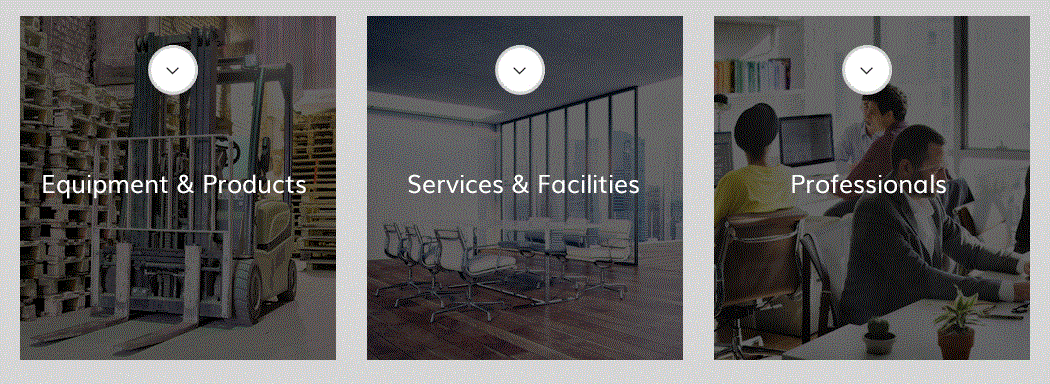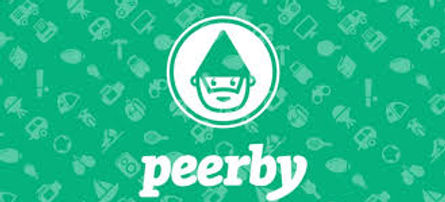Sharing Platforms:
In a recent article, Accenture identified sharing platforms as one of the five winning strategies in the circular economy. Sharing platforms use digital technology to increase the use of products and other assets, like cars, houses and drilling machines. That’s a good reason for sharing the many items we own that are only used occasionally.
The article also states: “Circular economy is fundamentally about using our resources in such a way that they are kept in circulation.” Thus, the circular economy requires a different perspective on how we live and do business. Right now, most people want to own the things they use. But isn’t being able to use something more important than owning it? That’s the perspective shift sharing platforms have addressed.
There are great examples of sharing platforms. I wrote about some of them before:
-
Floow2: a sharing marketplace for equipment, services, and personnel
-
Peerby: a platform to borrow the things you need from neighbors
-
Couchsurfing: people sharing their homes, cities, and lives with travelers
-
What’s The Business Case?
-
These platforms get picked up by users quite fast and have an ever-increasing popularity. At the same time, many of them struggle with their business model. It turns out to be hard to make these platforms financially viable. Peerby, for instance, has recently changed their business model to one where users pay for each item they borrow.
-
-
Sharing fits better in a new circular business model than in the old linear one. But how can we take other benefits into account, not just bottom line financial gain? We need to take a step back and assess how the new service contributes to decreasing a company’s negative environmental impact and increasing its positive impact. That, in itself, can be seen as a service that creates value. The financial gain is not immediate, but with a step in between.

Sharing reduces the number of products and materials you need and the waste that’s generated. At the same time, it could increase the impacts from the use phase of the products: it’s easier to get access to a product if you don’t have to buy it, so that may increase demand. Using a quantitative analysis method such as LCA will give you evidence whether it makes sense to share a certain product or not. However, there are some considerations that go beyond what you can learn from a single LCA. In the end, you want to evaluate your business model on all relevant indicators. It is known that sharing has a positive impact on the social cohesion, for instance.
Analyse The Facts With UrbanEmerge
Before investing in a sharing business model, make sure you know what the impact is and which factors determine that impact. To know if what you’re doing will pay off, you need to know the facts and analyze them. A science-based method such as UrbanEmerge is ideal for that. In my opinion, looking at the life cycle of your product will give you tremendous insight into the opportunities for sharing it and to build your business case. Let’s try!
Pay To Use Instead Of Buy To Own
The Accenture article starts with the remark that products need to stay in circulation, not be thrown away or incinerated. The two most common approaches for keeping products in circulation are re-using or recycling them when their first owner is done with them.
Another interesting strategy, however, is making better use of products by sharing them - to make sure they are used more often and by more people. This approach could even lead to new business models for your company, for instance by providing products through an online platform instead of selling them to one person.
That way, your products can be used by multiple people. One way to do this is for instance by starting a ‘sharing’ shop, like a library for products. Or you can provide Products as a Service, which is a related business model.

That way, your products can be used by multiple people. One way to do this is for instance by starting a ‘sharing’ shop, like a library for products. Or you can provide Products as a Service, which is a related business model.
How To Measure The Benefits Of Sharing
Even if the business case is clear, one question remains: is sharing also better for the (social) environment? The answer is ‘it depends’ - you’d have to assess that, for instance with an LCA. In general, I would argue that for products with a high impact in the use phase, the effect will probably be smaller than for products with low impact in the use case.
As the picture below shows, the sharing economy cuts down on production and end-of-life impacts, but may even increase impacts from the use phase. Looking at the life cycle of a product, with LCA methodologies, provides insights in where most impacts are generated: is it in the production phase, raw materials, use phase or end-of-life? That will help you identify what the positive or negative impacts of sharing are likely to be.






